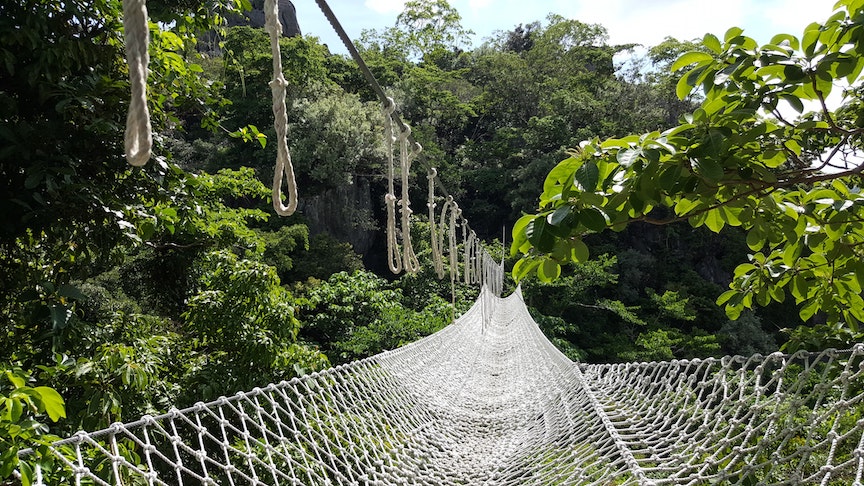
This week in class, we examined the concept of Trust, through the idea of Boundaries.
According to Brené Brown, respecting boundaries is a necessity in establishing trust. This is easy to imagine between individuals. As Brené says in her book “Rising Strong”, Boundaries mean “You respect my boundaries, and when you’re not clear about what’s okay and not okay, you ask.”
That seems obvious, but we also need to recognize that other people may feel differently about boundaries. In different situations, the boundaries they are comfortable with may differ greatly from ours. They may presume we feel as they do, and putting the onus on them to ask us when there seems to be a breach can be unrealistic. First, we need to be clear with ourselves about our boundaries, and secondly, we need to be able to express them without accusations or blame.
We also need to establish boundaries clearly for ourselves, as a tool in establishing self-trust. Knowing our own code of behavior, our own personal ethics, and making it a priority to live according to them helps strengthen our feelings of self-trust.
When we feel uncomfortable in a situation, it may be a good exercise to ask “What boundaries are being broken here?” These boundaries may be our own, being infringed upon by others. They may be our own, and we aren’t respecting them ourselves. Or, they may be other peoples boundaries, and through their reactions to us, we sense we are crossing them. If an uncomfortable situation arrises, it may be worth examining our own contribution, without blame.
How does this relate to yoga? Well, philosophically, we can recognize that when we overstep a boundary, we may be violating the Yama, or observance, of Asteya. Asteya means “non-stealing”. Stealing is simply taking something that is not given willingly. Whether it’s personal space, privacy, or someones credit card, when a boundary is violated, it feels like something has been stolen, or not given freely. Our personal practice of Asteya can help assure that we respect others boundaries.
On the mat, it’s natural to practice with boundaries. Our body is a natural system of limitations. Each joint, muscle and bone defines our shape, and our mobility. Students that enjoy a great deal of flexibility do not always have the benefit of firm limitations, and can suffer injuries more often than students with tighter boundaries.
But, of course, as we build trust, boundaries hopefully widen, or even dissolve. When we feel more trust in a friend, we may accept more challenges to our boundaries, and may even find them changing. On the mat, we explore the limitations of our range of motion, and through trusting the information the body gives us, we work to expand our boundaries by becoming more flexible, or working into poses than challenge our mental boundaries, such as inversions and balances.
We often do the same poses over and over in yoga. Warrior II, Tree, Triangle…we can do them with the same thought processes each time, or we can change the thought process completely to explore the different teaching a pose might offer. Entering a pose with the idea of listening to the body, examining the boundaries it is suggesting, and considering if we can work to expand past them, or honor them for safety, is a great practice. We may find that the hard work we invested in our practice has enabled us to shift and expand our natural limitations, as the trust we have in the feedback we are receiving illuminates those boundaries for us.